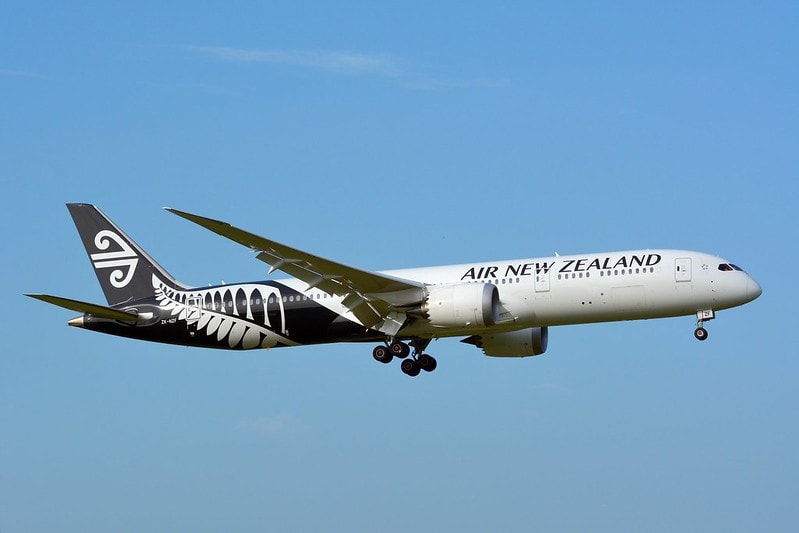Air New Zealand Mitigates Rolls-Royce Engine Problems With Disruption Management
Share

Air New Zealand’s approach to dealing with unpredictable engine issues on its Boeing 787 aircraft shows how a robust disruption management plan can successfully alleviate effects on customers.
Before the coronavirus pandemic slashed demand, Air New Zealand was faced with the opposite problem: risk of capacity deficits on and off since 2017 due to unpredictable issues with the Rolls-Royce Trent 1000 engines on its Boeing 787 fleet.
More recently, Air New Zealand customers were experiencing reduced disruption. This partially occurred as Rolls-Royce’ repair schedule became more predictable and aircraft were not taken out of the airline’s schedule at the last minute.
“In the past, these things have happened at quite short notice, which has delivered a lot of inefficiency into our cost base and also a lot of customer disruption,” Air New Zealand CFO Jeff McDowall said when discussing interim results. “This time, we’ve had much more notice.”
The carrier acted proactively to maintain capacity and minimize flight disruptions, leasing aircraft and taking on more staff to support customers during disruptions, and have flexibility to reschedule crew.
Air New Zealand used older aircraft formerly flown by EVA Air and Singapore Airlines. It also partnered with Cathay Pacific at the end of last year, to Hong Kong’s flag carrier take over Air New Zealand’s Auckland-Hong Kong flight. These aircraft deals helped “provide much better customer outcomes,” McDowall said.
The airline had hoped to resolve its Rolls-Royce engine problems by September 2019, instead, three of its 787s were out of service last month. They are expected to return to service by the end of this month. Unfortunately, the aircraft will return to a vastly reduced market – at least temporarily.
Long-term, Air New Zealand provides an example of thorough disruption management. As outgoing chairman Tony Carter said when the disruptions peaked: “While the Trent 1000 engine issues are not within our direct control, how we choose to respond certainly is.”


